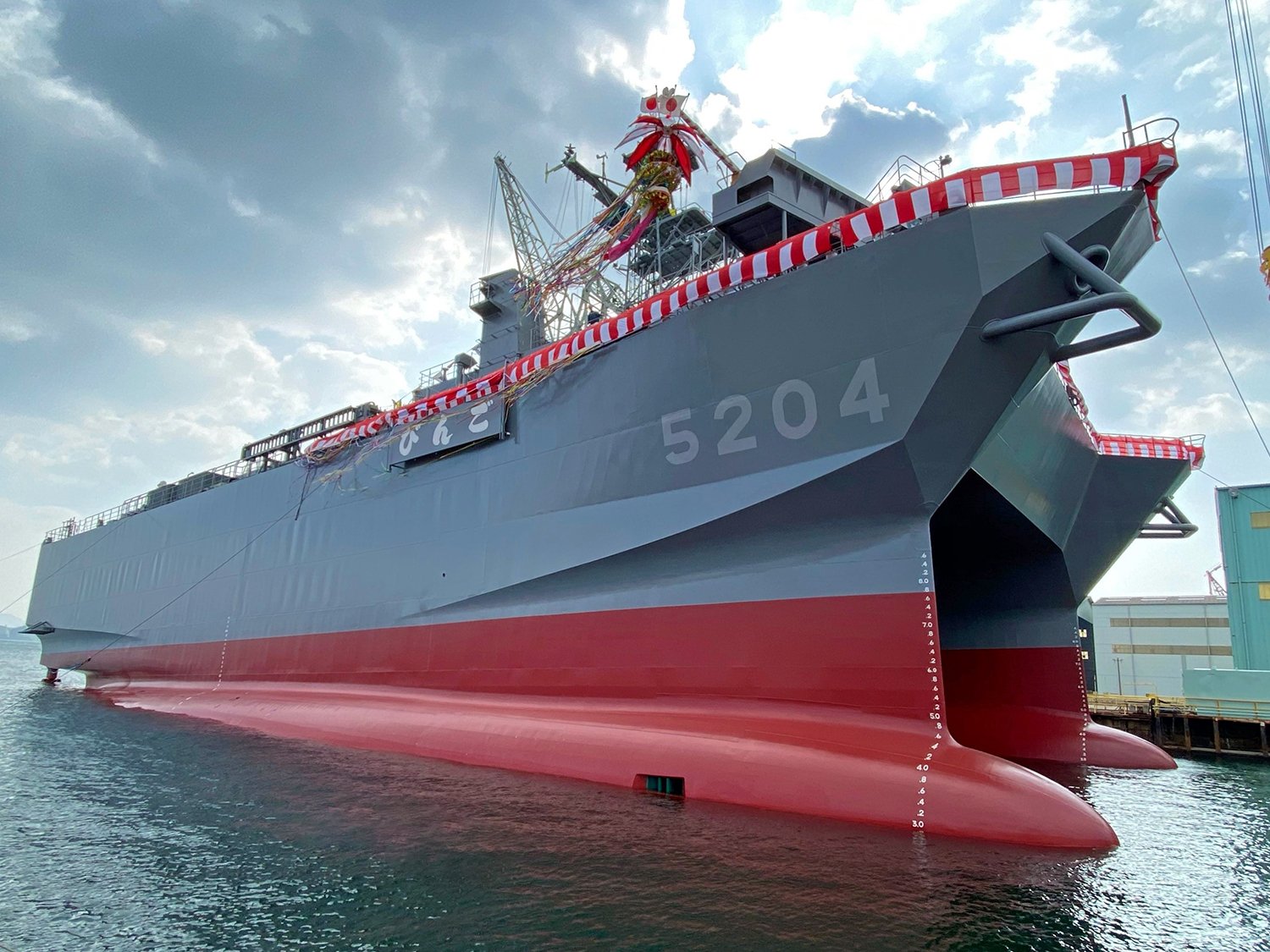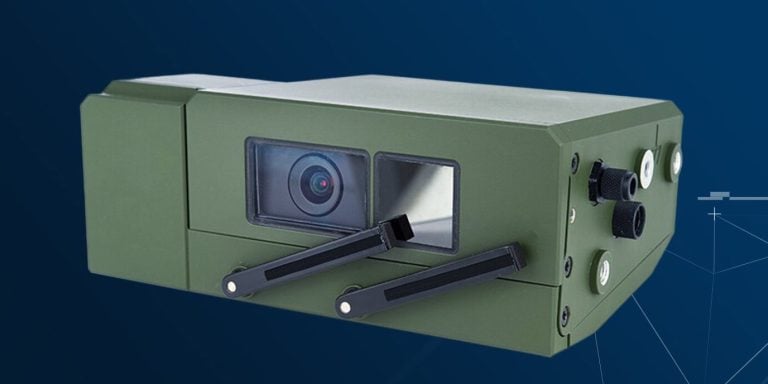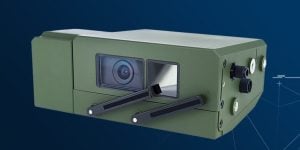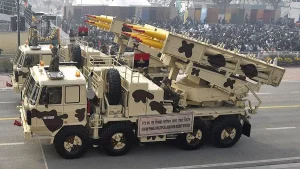Mitsubishi Heavy Industries has officially launched the final Hibiki-class auxiliary ocean surveillance vessel for the Japan Maritime Self-Defense Force (JMSDF) in a ceremony held in Tamano City, Okayama Prefecture. The new vessel, designated as JS Bingo (AOS 5204), represents a significant enhancement in Japan’s naval capabilities, serving as the fleet’s fourth unit equipped with advanced towed array sensors specifically designed for acoustic-based monitoring of both surface and seabed activities.
The name “Bingo” is derived from a location off the coast of the Seto Inland Sea, which flows into the Pacific Ocean. This naming convention honors regional geography and highlights the vessel’s operational scope. According to The Sankei Shimbun, the total construction cost of the JS Bingo was approximately 19.6 billion Japanese yen, equivalent to about $129.1 million.
The Japan Ministry of Defense is projected to host a commissioning ceremony for the JS Bingo at the Kure Naval Base in Hiroshima Prefecture later this year, marking another milestone in Japan’s maritime defense initiatives.
The Hibiki-class vessels have been a part of the JMSDF since their introduction in the 1990s, with all previous ships actively in service. The decision to expand this class to include a fourth ship comes in response to growing security concerns in the Pacific, particularly regarding the increasing presence of submarines in the region. The third vessel in the series, JS Aki, was commissioned in 2021, further underscoring Japan’s commitment to strengthening its naval forces over the past few decades.
Each Hibiki-class vessel is approximately 67 meters (220 feet) in length and has a beam of 30 meters (98 feet). They feature dedicated facilities including a landing area for maritime helicopters and can accommodate a crew of up to 40 personnel. The vessels are powered by four Mitsubishi S6U-MPTK diesel engines, providing a combined output of 3,000 horsepower, allowing them to reach speeds of 11 knots (approximately 20 kilometers or 13 miles per hour) and a remarkable range of 3,800 nautical miles (7,038 kilometers or 4,373 miles).
As Japan continues to navigate shifting geopolitical dynamics in the region, the induction of the JS Bingo is a strategic step towards bolstering its maritime surveillance and defense capabilities.

















